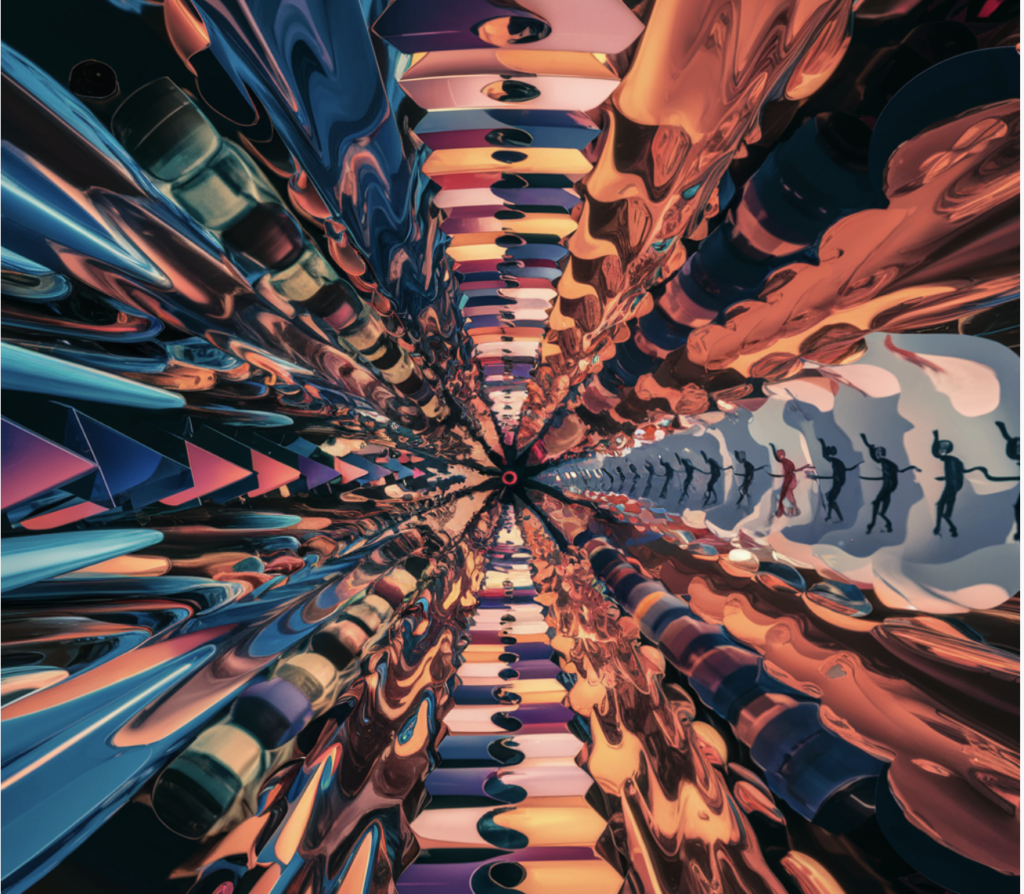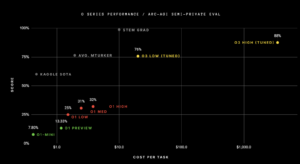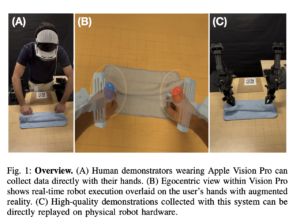Bringing Silent Videos to Life: The Promise of Google DeepMind’s Video-to-Audio (V2A) Technology

In the rapidly advancing field of artificial intelligence, one of the most intriguing frontiers is the synthesis of audiovisual content. While video generation models have made significant strides, they often fall short by producing silent films. Google DeepMind is set to revolutionize this aspect with its innovative Video-to-Audio (V2A) technology, which marries video pixels and text prompts to create rich, synchronized soundscapes.
Transformative Potential
Google DeepMind’s V2A technology represents a significant leap forward in AI-driven media creation. It enables the generation of synchronized audiovisual content, combining video footage with dynamic soundtracks that include dramatic scores, realistic sound effects, and dialogue matching the characters and tone of a video. This breakthrough extends to various types of footage, from modern clips to archival material and silent films, unlocking new creative possibilities.
The technology’s ability to generate an unlimited number of soundtracks for any given video input is particularly noteworthy. Users can employ ‘positive prompts’ to direct the output towards desired sounds or ‘negative prompts’ to steer it away from unwanted audio elements. This level of control allows for rapid experimentation with different audio outputs, making it easier to find the perfect match for any video.
Technological Backbone
The core of V2A technology lies in its sophisticated use of autoregressive and diffusion approaches, ultimately favoring the diffusion-based method for its superior realism in audio-video synchronization. The process begins with encoding video input into a compressed representation, followed by the diffusion model iteratively refining the audio from random noise, guided by visual input and natural language prompts. This method results in synchronized, realistic audio closely aligned with the video’s action.
The generated audio is then decoded into an audio waveform and seamlessly integrated with the video data. To enhance the quality of the output and provide specific sound generation guidance, the training process includes AI-generated annotations with detailed sound descriptions and transcripts of spoken dialogue. This comprehensive training enables the technology to associate specific audio events with various visual scenes, responding effectively to the provided annotations or transcripts.
Innovative Approach and Challenges
Unlike existing solutions, V2A technology stands out for its ability to understand raw pixels and function without mandatory text prompts. Additionally, it eliminates the need for manual alignment of generated sound with video, a process that traditionally requires painstaking adjustments of sound, visuals, and timings.
However, V2A is not without its challenges. The quality of audio output heavily depends on the quality of the video input. Artifacts or distortions in the video can lead to noticeable drops in audio quality, particularly if the issues fall outside the model’s training distribution. Another area of improvement is lip synchronization for videos involving speech. Currently, there can be a mismatch between the generated speech and characters’ lip movements, often resulting in an uncanny effect due to the video model not being conditioned on transcripts.
Future Prospects
The early results of V2A technology are promising, indicating a bright future for AI in bringing generated movies to life. By enabling synchronized audiovisual generation, Google DeepMind’s V2A technology paves the way for more immersive and engaging media experiences. As research continues and the technology is refined, it holds the potential to transform not only the entertainment industry but also various fields where audiovisual content plays a crucial role.
Shobha is a data analyst with a proven track record of developing innovative machine-learning solutions that drive business value.











